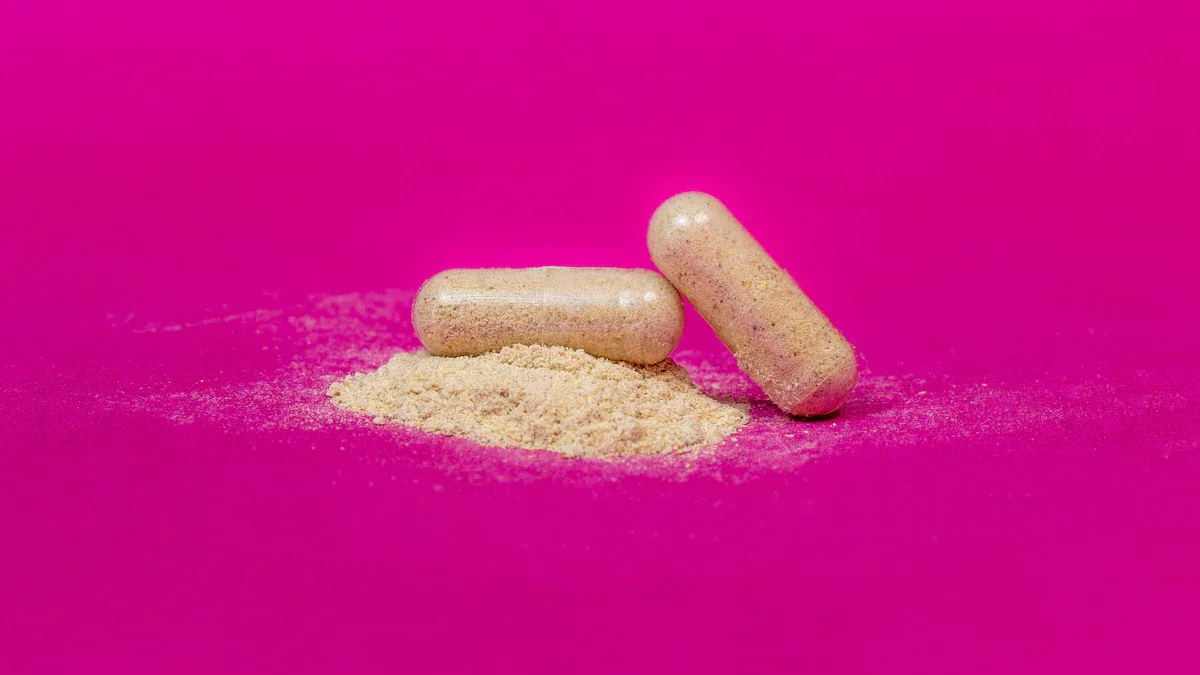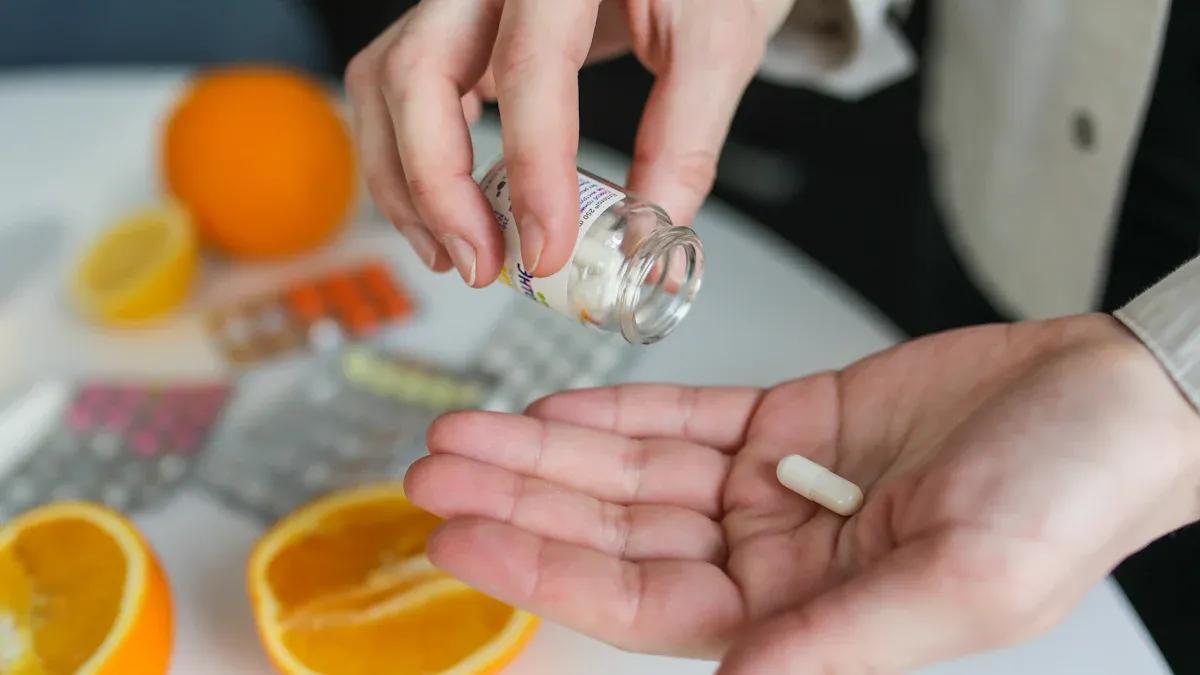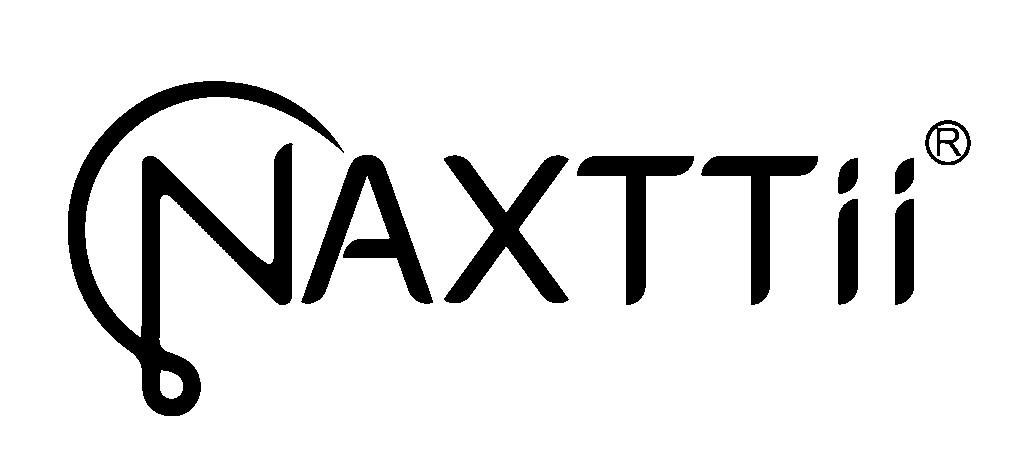The Truth About Fillers & Flow Agents in 2025
Table of Contents

The global dietary supplement market will reach an estimated USD 209.52 billion in 2025. Many products contain fillers & flow agents, which are non-medicinal ingredients. These additives help in manufacturing. Some fillers are harmless and necessary for production. However, other fillers have become controversial due to health concerns. Supplements do not require pre-market safety approval. This gap makes understanding ingredient lists essential for consumer protection.
Why Supplements Use Fillers

Manufacturers add fillers and flow agents to supplements for several important technical reasons. These ingredients are not just random powders; they serve specific functions that make modern supplement production possible. They ensure product quality from the factory to your home.
To Improve Manufacturing Flow
Imagine trying to pour sticky flour into a tiny bottle. It would clump, clog the funnel, and make a mess. Supplement powders can act the same way.
Flow agents, or anti-caking agents, solve this problem. They coat the powder particles to prevent them from sticking together. This action keeps the ingredients moving smoothly through high-speed machinery, preventing clogs and production delays. Without them, manufacturing would be slower and more expensive.
For Consistent Dosing with Bulking Agents
Many active ingredients, like Vitamin B12 or certain minerals, are incredibly potent. A single effective dose might be too small to see with the naked eye.
- Problem: How do you ensure a microscopic amount of an ingredient is evenly distributed in every single capsule?
- Solution: Manufacturers use inert fillers and bulking agents to increase the total volume of the powder. This process of
bulkingcreates enough material to fill a capsule or press into a tablet. This ensures that every dose contains the exact same amount of the active ingredient, providing reliable results. Thebulkingprocess is critical for dosage accuracy.
To Bind Ingredients Together
A tablet needs to be solid enough to survive bottling and transport without crumbling into dust. Binders are the ingredients that hold everything together. They act like a safe, edible glue for the active ingredients and other fillers. Agents like microcrystalline cellulose create a strong internal structure, giving a tablet its desired consistency and hardness. This ensures the product maintains its form and consistency from production to consumption.
To Extend Product Shelf Life
Certain nutrients are very fragile. Vitamins like A, C, and D can degrade and lose their potency when exposed to air, light, or heat. Some additives act as preservatives to protect these sensitive compounds. For example, antioxidants like ascorbyl palmitate are added to shield ingredients from oxidation. These types of fillers protect the product’s effectiveness, ensuring the supplement remains potent throughout its entire shelf life. Without these protective fillers, many vitamins would become useless long before their expiration date.
The 2025 Watchlist for Fillers & Flow Agents
While many additives are harmless, a few common fillers & flow agents have raised significant health questions. Increased consumer awareness and new regulations are changing the supplement landscape. This watchlist covers the key ingredients you need to know about in 2025, helping you separate the questionable from the safe.
Titanium Dioxide
Manufacturers use titanium dioxide (TiO₂) as a colorant and opacifier. It gives pills and capsules a bright, uniform white color. This coating also protects the active ingredients inside from degrading due to sunlight. It helps create a consistent appearance from batch to batch, which can build patient confidence.
The primary concern with titanium dioxide is genotoxicity, which is the ability of a chemical to damage DNA. This damage can potentially lead to cancer. A 2022 review in NanoImpact concluded that TiO₂ nanoparticles are likely genotoxic to humans. Other studies point to negative effects on gut health. Research shows titanium dioxide can disrupt the gut microbiome, alter intestinal barrier function, and trigger low-grade inflammation.
The global regulatory view on titanium dioxide is split, creating confusion for consumers.
- European Union: The EU banned titanium dioxide (E171) as a food additive in 2022. The European Food Safety Authority (EFSA) stated it could no longer be considered safe due to genotoxicity concerns. This ban remains fully in effect in 2025.
- United States: The FDA continues to permit titanium dioxide in food and supplements. It is considered safe as long as it does not make up more than 1% of the product’s total weight.
Magnesium Stearate
Magnesium stearate is one of the most common flow agents in the supplement industry. It is a salt made of magnesium and stearic acid, a saturated fat found in many foods. Its primary job is to coat ingredients, preventing them from sticking to each other and to manufacturing equipment. This ensures capsules are filled correctly and consistently.
For years, magnesium stearate has been the subject of online debate. Critics claim it suppresses immune T-cell function and hinders nutrient absorption. However, these claims are not supported by scientific evidence. Human studies have not shown that the small amounts used in supplements cause harm or interfere with absorption.
The U.S. Food and Drug Administration (FDA) classifies magnesium stearate as “Generally Recognized as Safe” (GRAS). The agency has approved its use as an additive in both foods and supplements, and the amounts used are far below any level considered unsafe.
Hydrogenated Oils
Partially hydrogenated oils (PHOs) were once used as fillers for bulking or to create a smooth, semi-solid consistency in softgel capsules. The process of hydrogenation turns liquid vegetable oil into a solid fat, but it also creates artificial trans fats.
Artificial trans fats are a major health concern. They are known to raise bad (LDL) cholesterol levels and lower good (HDL) cholesterol levels, significantly increasing the risk of heart disease. Due to these risks, regulators have taken firm action. The FDA determined PHOs are not safe for use in human food. The agency has since phased them out.
| Compliance Timeline for PHOs in the U.S. | Final Date |
|---|---|
| Manufacturing of food with PHOs stopped | June 18, 2019 |
| Distribution of food with PHOs stopped | January 1, 2021 |
As of 2025, you should not find PHOs in your supplements. If a product contains more than 0.5 grams of trans fat per serving, manufacturers must list it on the label.
Talc & Silicon Dioxide
Talc and silicon dioxide are two anti-caking agents that often get discussed together, but they have very different safety profiles. Both are mineral-based fillers & flow agents used to keep powdered ingredients from clumping, but one carries a significant risk.
Talc The main controversy with talc is its risk of asbestos contamination. Talc and asbestos are minerals that often form together in the earth. When talc is mined, it can be contaminated with asbestos, a known carcinogen.
- The International Agency for Research on Cancer (IARC) classifies asbestos-containing talc as “carcinogenic to humans.”
- There are no federal regulations that require talc used in supplements to be tested for asbestos.
- Diseases linked to asbestos, like mesothelioma, can take 20-50 years to develop after exposure.
Silicon Dioxide (Silica) Silicon dioxide, also known as silica, is a much safer alternative. It is made from silicon and oxygen and is naturally found in many plants. It works as an anti-caking agent by coating powder particles to keep them separate and free-flowing. Unlike talc, it is not mined in areas with asbestos and does not carry the same contamination risk. Regulatory bodies consider it safe. The EFSA concluded that silicon dioxide (E 551) does not raise a safety concern for any population group, including infants. It is one of the necessary fillers that poses no known health risk when used appropriately, and it is not used for bulking.
How to Choose a Clean Supplement

Navigating the supplement aisle requires more than just looking at the main active ingredients. A savvy consumer in 2025 knows that the real story is often found in the fine print. Understanding how to decode labels and recognize certifications empowers people to make the safest and most effective choices for their health.
Read the ‘Other Ingredients’ Label
The first step for any consumer is to flip the bottle over and find the “Other Ingredients” list. This section reveals all the fillers, binders, and flow agents included in the product. While some are benign, others are worth avoiding. Shoppers should watch for unnecessary additives that offer no health benefit.
A smart approach is to look for a short “Other Ingredients” list. A shorter list often means fewer additives.
Consumers should be aware of common names for controversial additives. For example, artificial colors and sweeteners serve only cosmetic purposes.
- Artificial Colors: Look for names like FD&C Blue No. 1, FD&C Red No. 40, and FD&C Yellow No. 5. Sometimes labels just state “artificial color” or “color added.”
- Artificial Sweeteners: Common examples include sucralose, aspartame, and saccharin. Sugar alcohols like sorbitol and xylitol are also frequently used.
Finding these on a label is a clear sign that the product contains non-essential ingredients.
Look for ‘Clean Label’ Certifications
Third-party certifications provide an extra layer of trust. These independent organizations test products to verify their purity and potency. Seeing one of their seals on a bottle means the supplement has passed rigorous testing.
Several organizations offer reliable certifications.
- NSF International: This group developed the first independent certification program for supplements. NSF certification confirms that the product contains the ingredients listed on the label in the correct amounts. It also guarantees the product is free from harmful levels of contaminants.
- Clean Label Project: This nonprofit focuses on testing for contaminants that other safety processes might miss. It screens products for heavy metals, pesticide residues, and plasticizers like BPA. This certification signals that a brand uses the highest quality ingredients.
- USP Verified: The U.S. Pharmacopeia (USP) mark ensures the supplement meets high standards for quality, purity, and potency.
These certifications involve regular facility audits and independent product testing. They give consumers confidence that a product is both safe and accurately labeled.
Identify Necessary vs. Unnecessary Additives
Not all “other ingredients” are bad. Some are essential for making a safe and effective supplement. The key is learning to tell the difference between what is necessary for manufacturing and what is simply an unnecessary extra.
Necessary additives serve a clear purpose.
- Binders: Ingredients like cellulose (a plant fiber) hold tablets together and prevent them from crumbling.
- Fillers: When an active ingredient is tiny, fillers like rice flour or calcium are used to increase the volume, ensuring a consistent dose in every capsule.
- Capsules: Coatings like vegetable cellulose or gelatin make supplements easy to swallow.
In contrast, unnecessary additives provide no functional benefit. These are often used for cosmetic reasons or as cheap bulking agents. Examples include the controversial fillers from the watchlist, such as talc and titanium dioxide. Artificial flavors and colors, like FD&C Red No. 40, are also completely non-essential. A clean supplement focuses on the active ingredients without adding needless chemicals for appearance or taste.
Not all fillers & flow agents are created equal. Some are essential for making a safe and consistent product. Other fillers, however, provide no health benefit and are best avoided. Consumer knowledge is the most powerful tool for navigating the supplement market in 2025. Understanding the difference between necessary and unnecessary fillers & flow agents allows people to make informed decisions.
The best action is to flip the bottle over. Read the “Other Ingredients” list. Choose brands that value transparency and use minimal, safe additives. 🧐
FAQ
Are all supplement fillers bad?
No, many fillers are not harmful. Manufacturers use them for essential functions.
Bulking agents ensure a consistent dose in every capsule. Binders hold tablets together. These necessary additives help create a safe, effective, and stable product for the consumer.
How can someone find a filler-free supplement?
Completely filler-free supplements are very rare. Most products require some additives for manufacturing. A person can look for supplements with short “Other Ingredients” lists. Choosing products with safe fillers like rice flour or plant cellulose is a good strategy.
Why is titanium dioxide banned in the EU but not the US?
Regulatory agencies reached different conclusions. The European Food Safety Authority (EFSA) could not rule out DNA damage concerns. The U.S. Food and Drug Administration (FDA) continues to view it as safe in small amounts, permitting its use in food and supplements.
Is magnesium stearate truly safe?
Yes, major health organizations consider it safe. The FDA classifies magnesium stearate as “Generally Recognized as Safe” (GRAS). The small amounts used in supplements serve as a necessary flow agent. Human studies have not shown evidence of harm or reduced nutrient absorption. ✅

Poseidon
Master of Nutritional Epidemiology, University of Copenhagen, Herbal Functional Nutrition Researcher
Focus: The scientific application of natural active ingredients such as Tongo Ali, Horny Goat Weed, and Maca to sexual health and metabolic regulation.
Core Focus:
Men: Use a combination of Tongo Ali (an energizing factor) + Maca (an energy reserve) to improve low energy and fluctuating libido.
Women: Use a combination of Horny Goat Weed (a gentle regulator) + Maca (a nutritional synergist) to alleviate low libido and hormonal imbalances.
Stressed/Middle-Aged Adults: This triple-ingredient synergy supports metabolism, physical strength, and intimacy.
Product Concept:
Based on traditional applications and modern research (e.g., Tongo Ali promotes testosterone-enhancing enzyme activity, and icariin provides gentle regulation), we preserve core active ingredients and eschew conceptual packaging—using natural ingredients to address specific needs.
Simply put: I'm a nutritionist who understands "herbal actives." I use scientifically proven ingredients like Tongo Ali, Epimedium, and Maca to help you make "sexual health" and "nutritional support" a daily routine.
